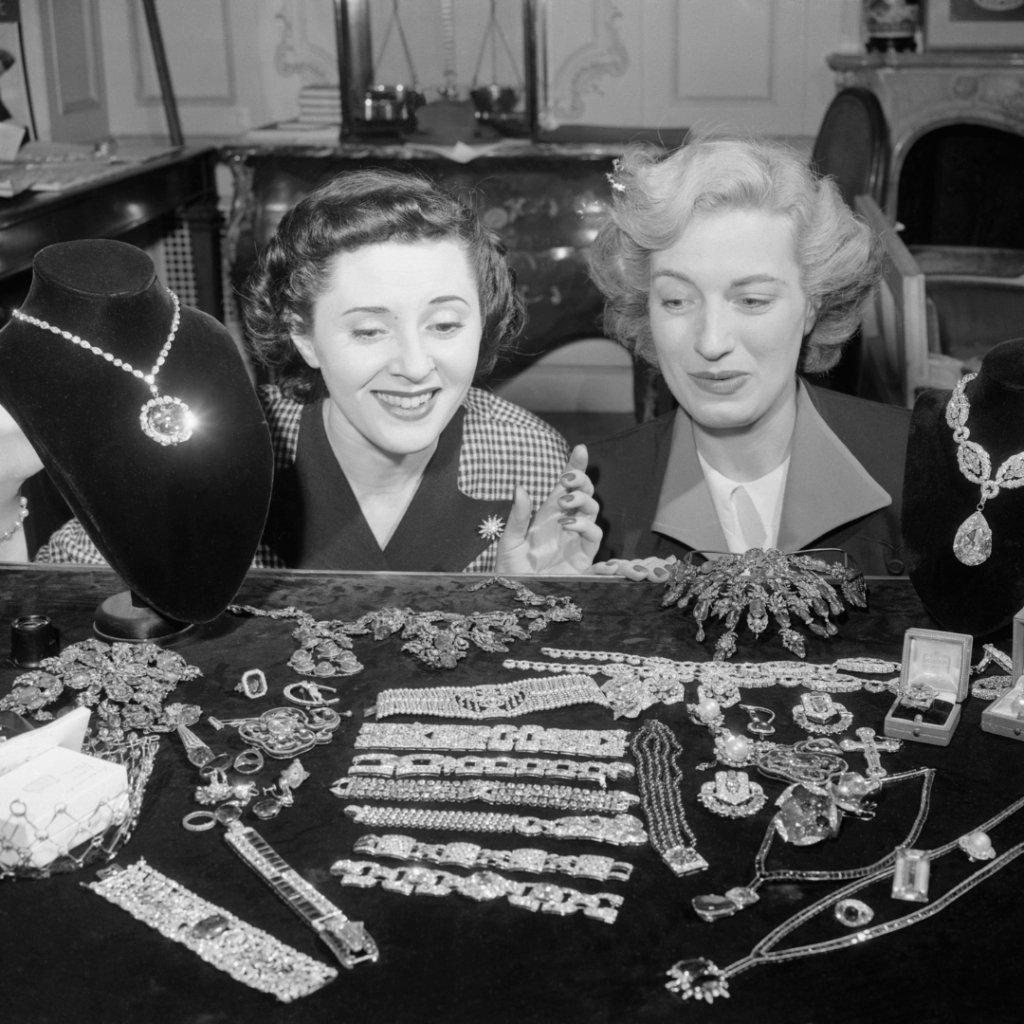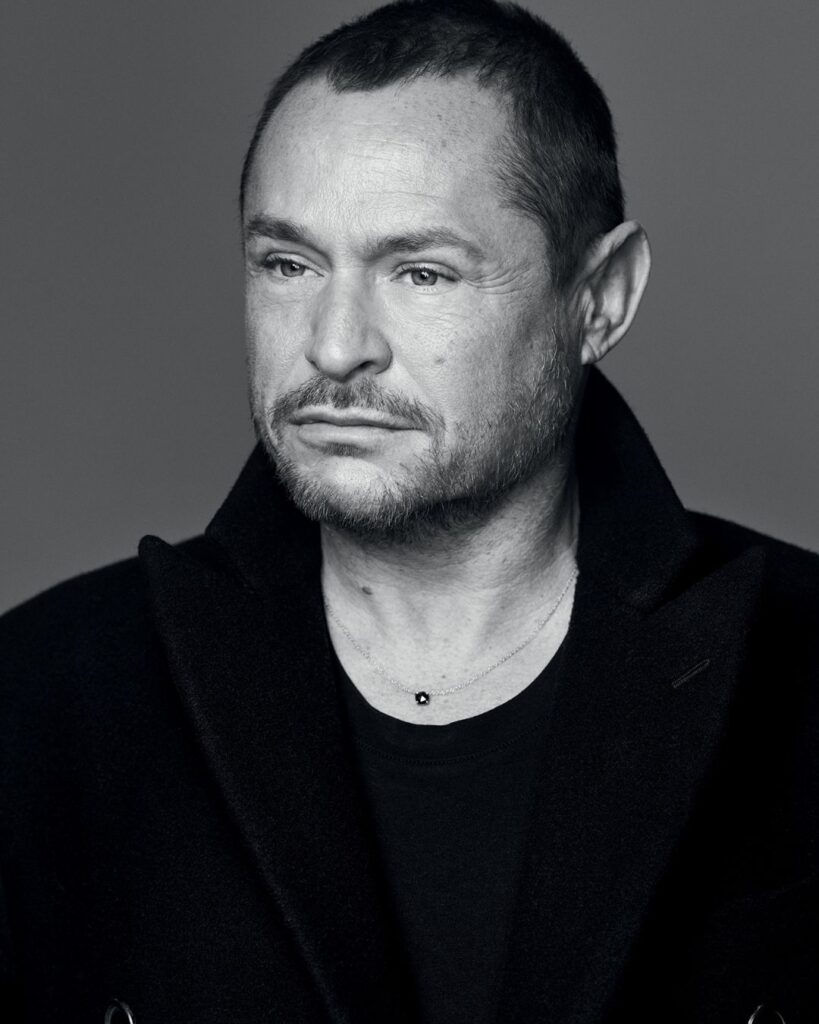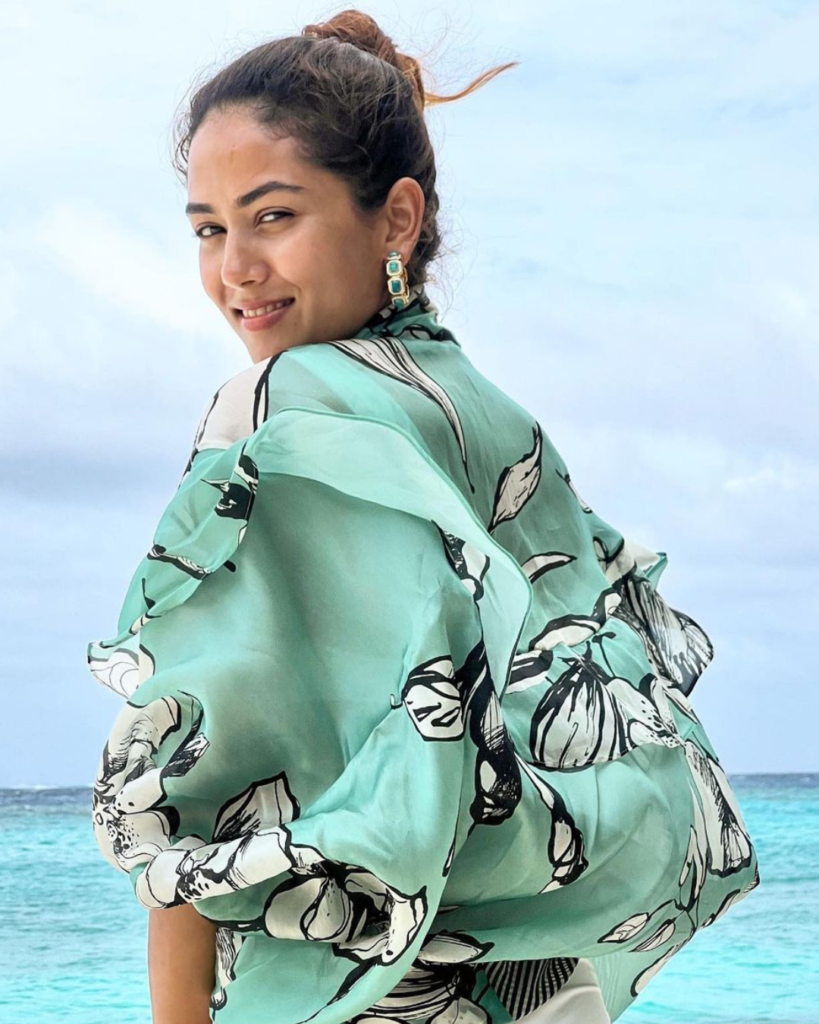A tale of hope, tragedy, and a sparkling blue diamond.
- Fashion
Cartier’s Cursed Necklace from India
- ByNandini Bhalla

The Hope Diamond
This is the story of a cursed necklace. A 115-carat Blue Diamond discovered in the Kollur mine of India, in 1673, with an optimistic name…the Hope Diamond.
By the time Pierre Cartier (grandson of Louis-Francois Cartier, the founder of luxury Maison Cartier) bought the striking Golconda diamond in 1910, the stone had already gained a worrying reputation—and many of its previous owners had experienced tragic endings.
Given the diamond’s notoriety, this was a risky purchase, but there was a certain lady with a weakness for jewellery unlike no other. And so, Pierre Cartier set up an appointment with American heiress Evalyn Walsh McLean to present to her this exceptional diamond.
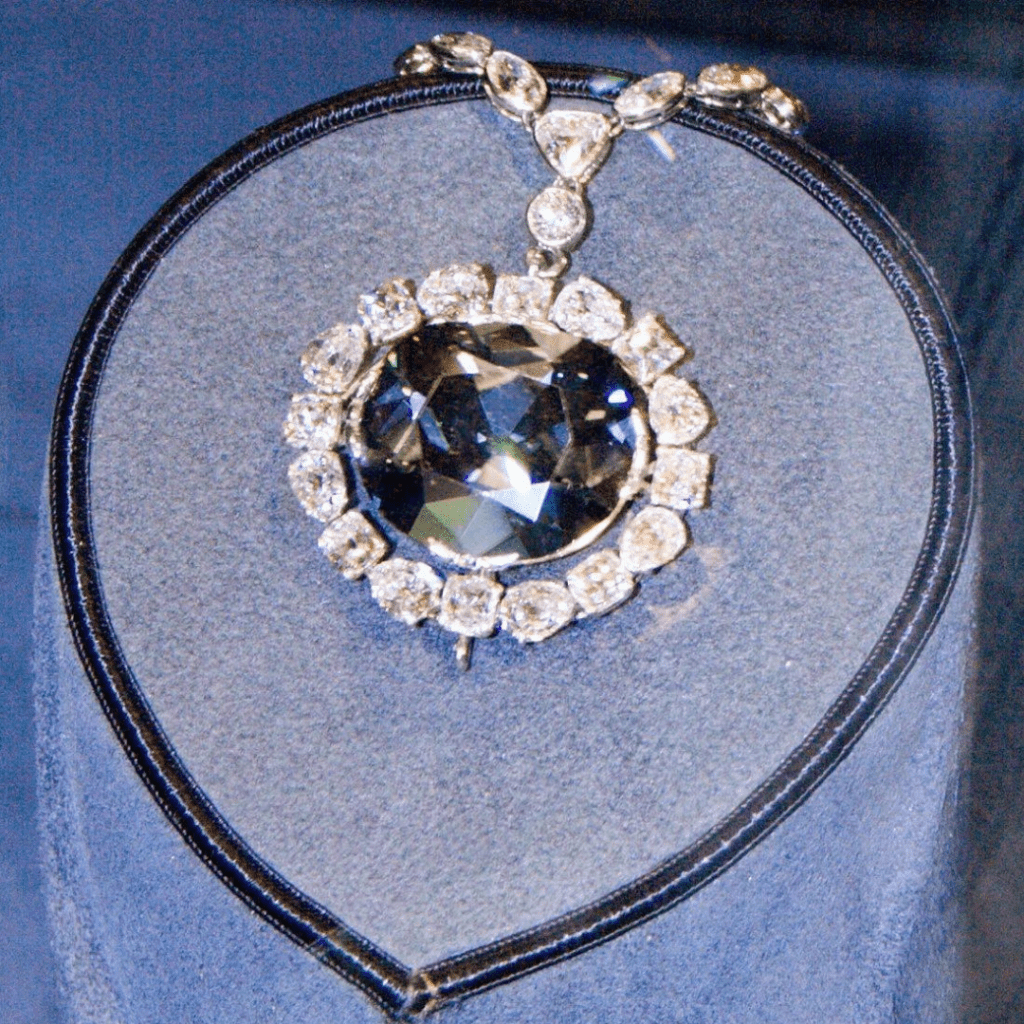
Evalyn was intrigued by the Hope Diamond, and very quickly besotted by it. She bought it in 1911 for a princely sum of $180,000 (about $5 million today).
Evalyn wore the Hope Diamond to parties, and on trips. and in the swimming pool. She would even host garden lunches and hide the necklace so guests could play a game called ‘find the hope’. “Unlucky objects are lucky for me,” she’d say, yet Evalyn took the diamond to a church to get it blessed. They say lightning flashed during the ceremony, but Evalyn was not spooked.
The 115-carat Blue Diamond was discovered in the Kollur mine of India, in 1673, and given an optimistic name…the Hope Diamond.
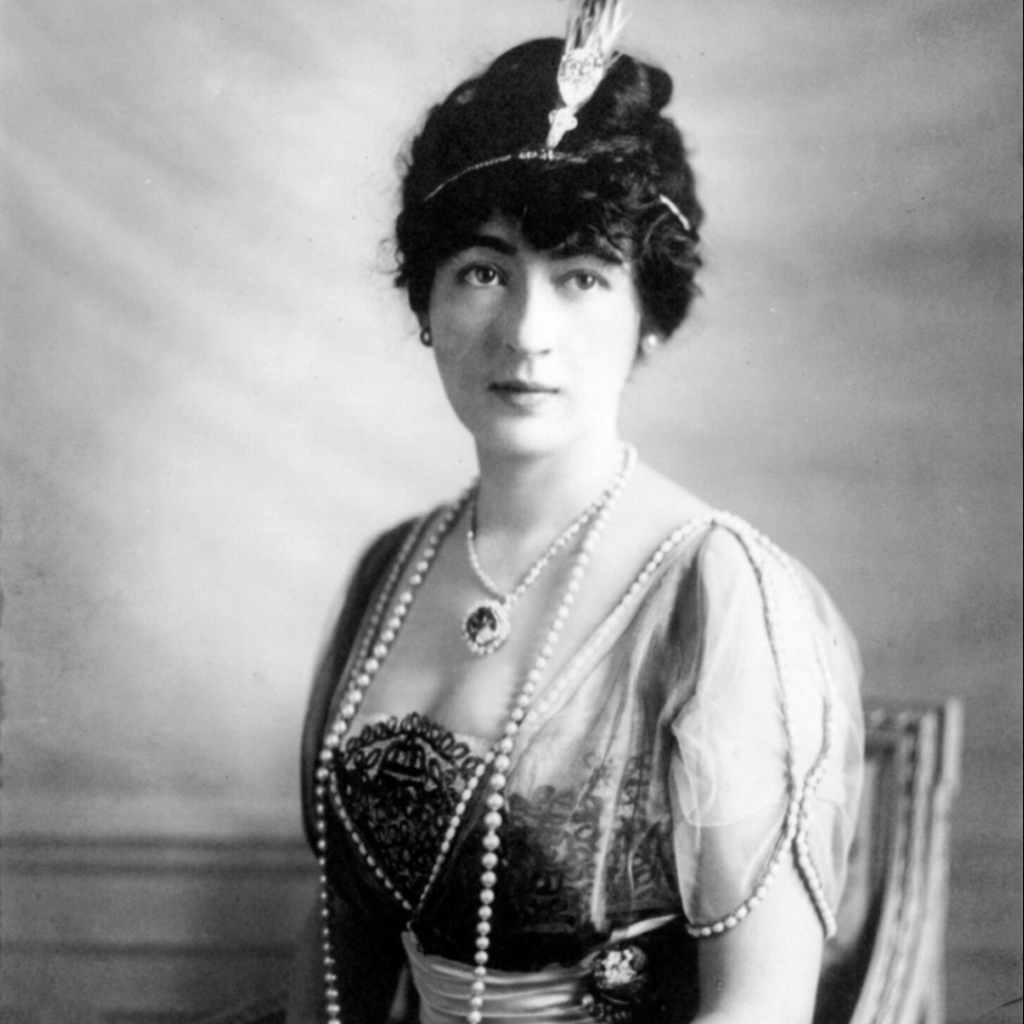
A few years later, Evalyn’s 9-year-old son was hit by a car and died. And her husband, Ned, was unfaithful, which led to divorce. Evalyn began facing financial difficulties and pawned the hope diamond for money…but always returned to collect it. Then in 1946, Evalyn’s daughter Evie died of a drug overdose.
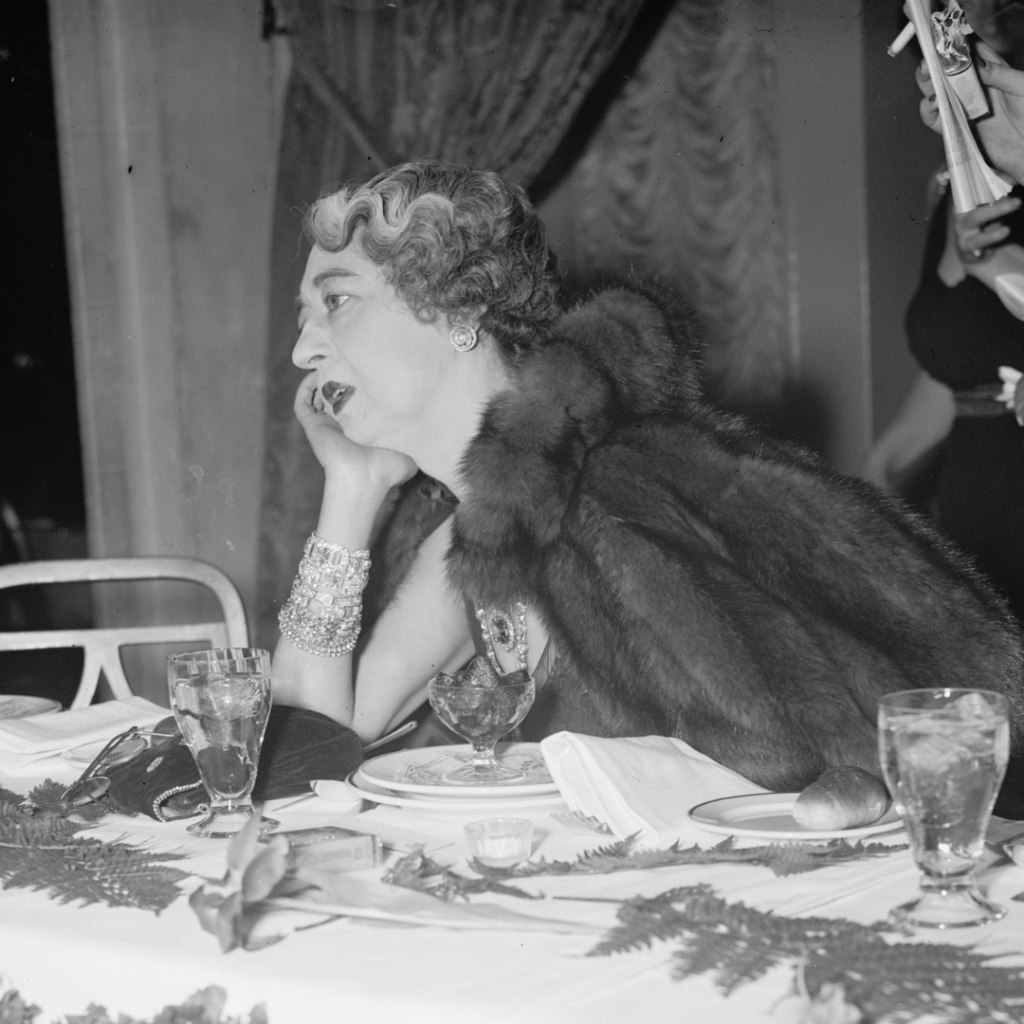
Until she died in 1947, of pneumonia, Evalyn continued to wear the Hope Diamond. She bequeathed the diamond to her family, but they decided to sell her jewellery collection. American jeweller Harry Winston bought all of Evalyn’s jewels in 1949, and donated the Hope Diamond to the Smithsonian Museum in Washington, D.C. Today, it sits there, holding stories told and untold, as visitors stop and stare.
